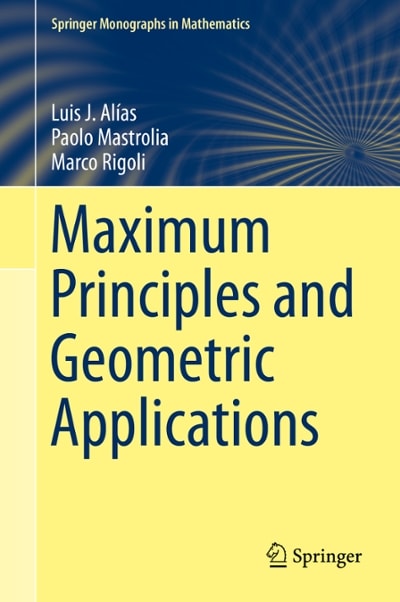Question
A one-story building g with mass M, stiffness K, and damping C is modeled as a singledegree-of-freedom oscillator. The natural frequency ? and damping ratio
A one-story building g with mass M, stiffness K, and damping C is modeled as a singledegree-of-freedom oscillator. The natural frequency ? and damping ratio Z of the oscillator are respectively defined by ? = r K M and Z = C 2 ? KM Suppose M, K, and C have the following second-moment properties: Variable (Units) Mean c.o.v Correlation Coefficients K M C K (kN/m) 500 0.33 1.0 0.3 0.0 M kNs 2/m 2 0.25 0.3 1.0 0.0 C(kNs/m) 4 0.4 0.0 0.0 1.0
(a) Using first-order approximations, compute the means and standard deviations of ? and Z, and the correlation coefficient between them. Which parameters contribute most to the uncertainties in ? and Z?
(b) Using the second-order approximation method, compute the mean and standard deviation of ?. Assume the third central moments of M, K, and C are all zero and the fourth normalized central moments are ?M = ?K = ?C = 3, ?MMMK = ?MKKK = 0.9 and ?MMKK = 1.18, with all fourth central moments involving C being zero. (Note: these third- and fourth-order moments are consistent with an assumed joint normal distribution of M, K, and C.

Step by Step Solution
There are 3 Steps involved in it
Step: 1

Get Instant Access to Expert-Tailored Solutions
See step-by-step solutions with expert insights and AI powered tools for academic success
Step: 2

Step: 3

Ace Your Homework with AI
Get the answers you need in no time with our AI-driven, step-by-step assistance
Get Started


